US stocks staged a historic U-turn overnight, after initial post-CPI selloff. DOW had a jaw-dropping swing of more than 1500 pts, falling to as low as 28660.94, then rebounded to close at 30038.72, after hitting intraday high at 30168.54. There is no convincing explanation to the reversal. Some said investors saw the set of data as a “last gasp” for rising inflation. But after all, Fed is set to continue with aggressive tightening and there is no clear sign on where interest rate would really peak.
Anyways, immediate focus is now on 30454.46 resistance in DOW. Firm break there will complete a double bottom pattern, and bring stronger rebound through 55 day EMA (now at 30914.85) in the near term. Rejection by 30454.46 should set the stage for resuming the down trend through 28660.94 later in the month.
In either case, there is no clear sign of trend reversal for now, and the whole pattern from 36965.83 should still extend to 100% projection of 36965.83 to 29653.29 from 34281.36 at 26982.00 before completion.




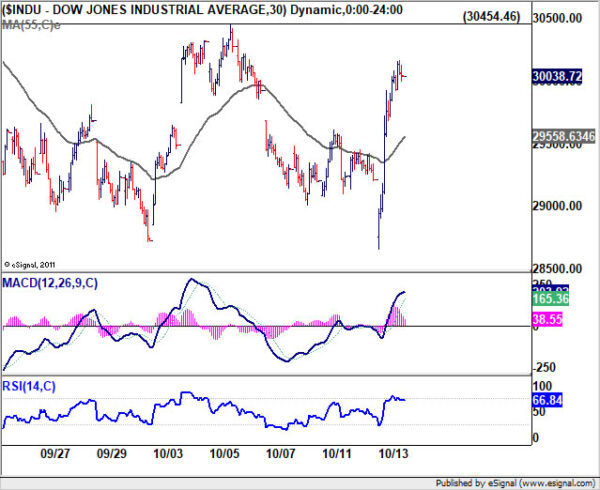
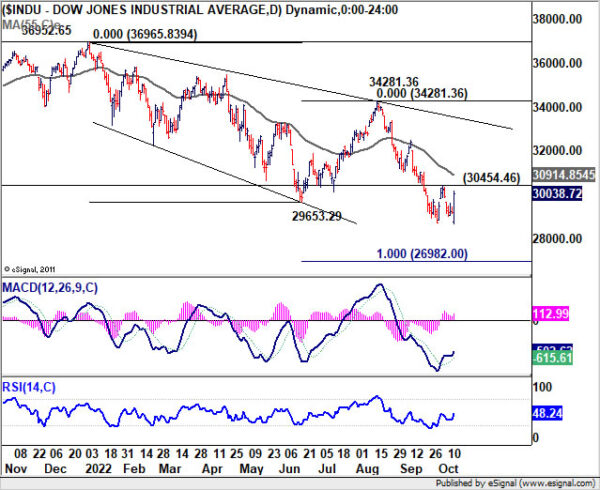
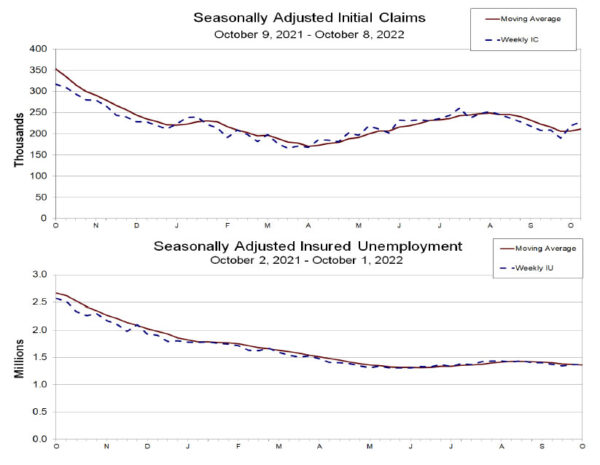
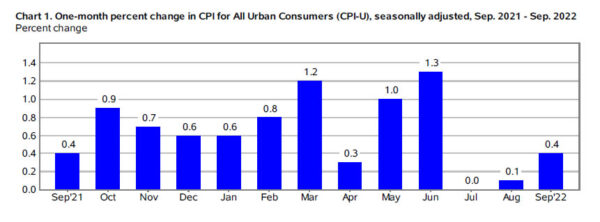
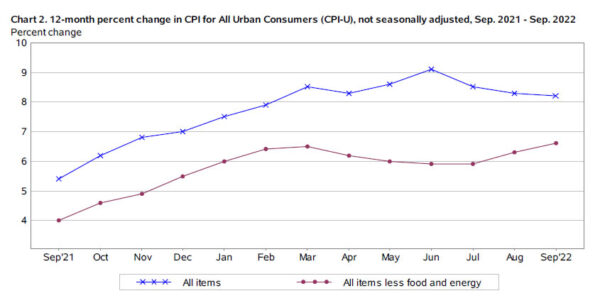
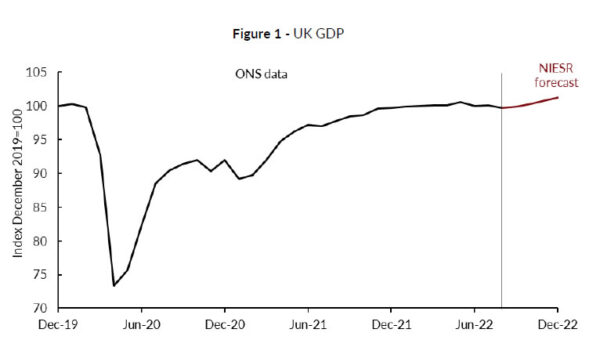
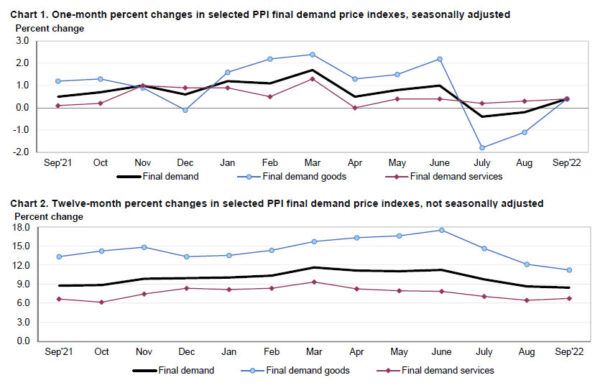
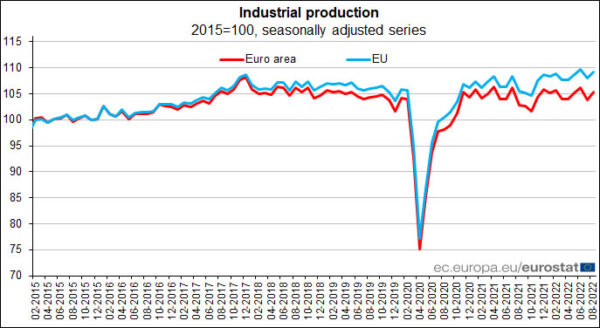
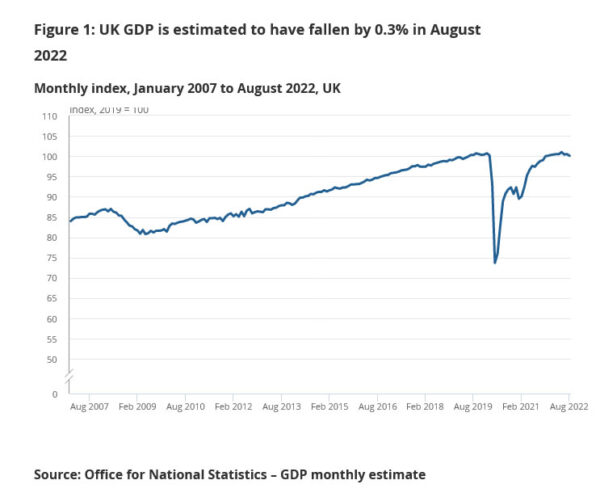
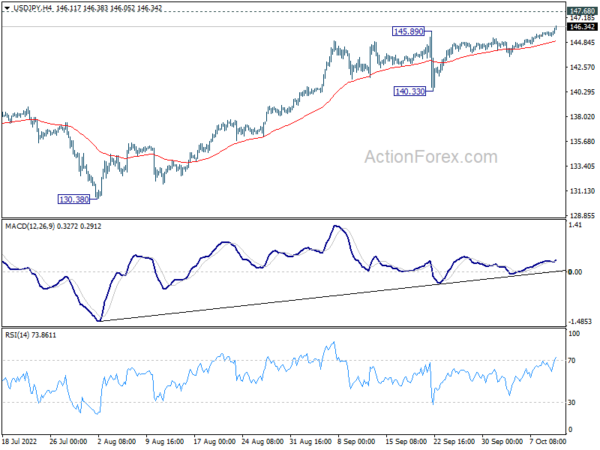
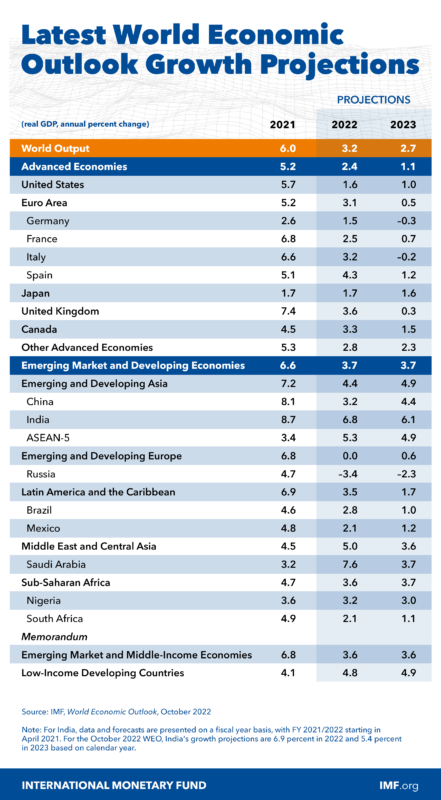

Japan didn’t confirm intervention after unusually USD/JPY volatility
There was some unusual volatility in USD/JPY overnight at it approached 1998 high at 147.68. The pair was knocked down but there was no sustained selling. Japan Ministry of Finance declined to confirm whether that was caused by intervention.
Meanwhile, Finance Minister Shunichi Suzuki just reiterated that government’s readiness to take “appropriate action” against “excessive volatility” in the markets. He said, “we cannot tolerate excessive volatility driven by speculative moves. We’re watching market developments with a strong sense of urgency.”
Separately, BoJ Governor Haruhiko Kuroda maintained that “raising rates now is inappropriate in light of Japan’s economic, price conditions.” He added that “pace of Japan’s economic recovery still slow so BoJ must continue supporting economy.”